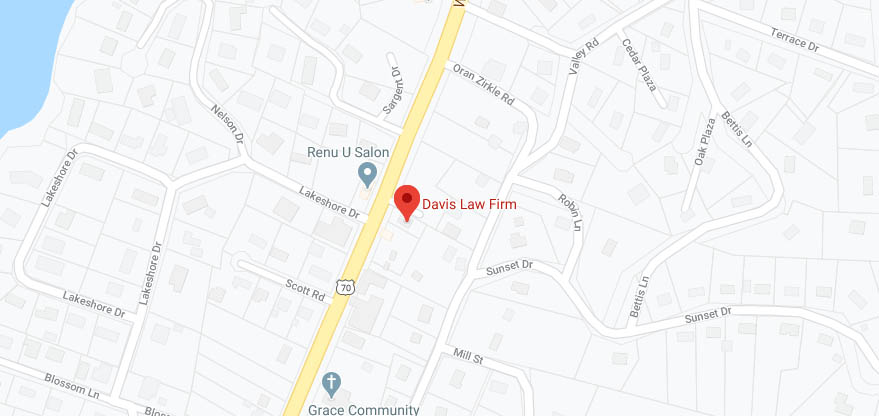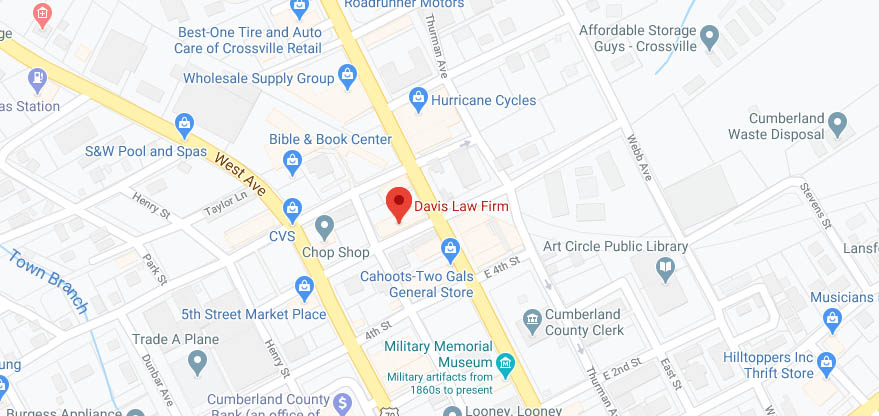Distracted driving has taken the lives of 2,600 drivers and injured 330,000 people in the United States alone. It is far more common for people to communicate via text these days, even when behind the wheel. States have gone as far as to implement laws in which a driver could potentially be fined for texting while driving. This is because many distracted driving accidents involve the use of technology while driving.
Distracted driving is a common cause of rear-end collisions. If you have suffered injuries from a rear-end collision, talk to a Tennessee auto accident lawyer because you may be eligible for compensation.
Are Rear-End Collisions Negligence?
Negligence is a careless action that leads to the harm of another person, but when it comes to personal injury law, there is more. The driver may have been negligent because they were texting while driving, but the defendant is also expected to prove the other driver’s negligence directly caused the defendant’s injuries. This requires physical evidence in the form of pictures, witness testimony, and cross-examination.
Not every rear-end collision is the other driver’s fault. For example, the driver in the front may have stopped in the middle of the road too suddenly or may have been distracted themselves. This creates the challenge of proving which driver was actually distracted to determine who was really at fault for the rear-end collision.
Why Distracted Driving Causes Accidents
To understand why rear-end collisions happen, it is relevant to understand the effects of distracted driving on the mind. Texting is not the only culprit. Apparently, listening to someone over the phone or your passenger talking is enough to decrease spatial processing. Distracted driving also requires multi-tasking, which requires the use of different areas of the brain at once.
This divides up attention, but the problem is that the brain has a limited capacity for attention. Psychologists call this dual-tasking and have found that this slows down the person’s reaction time. Alcohol is another thing that slows down reaction time. Slower reaction time would certainly throw off certain driving practices like stopping in time or turning.
Both slower reaction time and decreased spatial processing can impair a person’s attention to the road. If an unexpected sharp turn, vehicle, pedestrian, or stop light comes up suddenly, this person will not be prepared to react in time. This can lead to a rear-end collision that would be that driver’s fault if they stop abruptly while a car is behind them. In another scenario, the driver who hits the car from the back could be easily distracted by technology.





